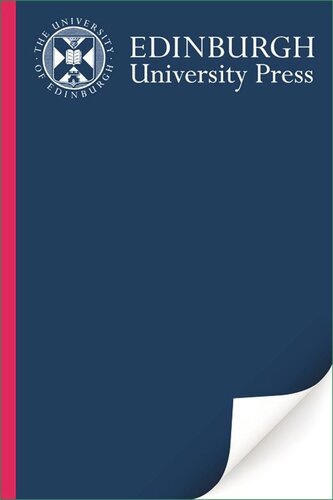

Most ebook files are in PDF format, so you can easily read them using various software such as Foxit Reader or directly on the Google Chrome browser.
Some ebook files are released by publishers in other formats such as .awz, .mobi, .epub, .fb2, etc. You may need to install specific software to read these formats on mobile/PC, such as Calibre.
Please read the tutorial at this link: https://ebookbell.com/faq
We offer FREE conversion to the popular formats you request; however, this may take some time. Therefore, right after payment, please email us, and we will try to provide the service as quickly as possible.
For some exceptional file formats or broken links (if any), please refrain from opening any disputes. Instead, email us first, and we will try to assist within a maximum of 6 hours.
EbookBell Team

4.1
80 reviewsGBS_insertPreviewButtonPopup('ISBN:9780748625840');
This concise introduction to the literature of an exciting and influential period opens with an overview of the historical and cultural context in which English Renaissance literature was produced, and a discussion of its contemporary and subsequent critical reception. The following chapters survey the major Renaissance genres of drama, poetry and prose. Each chapter provides illustrative case studies of canonical and non-canonical key texts by authors such as William Shakespeare, Christopher Marlowe, Ben Jonson, Edmund Spenser, John Milton, Sir Philip Sidney, John Donne, Aemilia Lanyer, Sir Francis Bacon, Thomas Nashe, and Lady Mary Wroth. A guide to further reading accompanies each chapter, complemented by a section of student resources at the end of the book. The final chapter summarises significant developments in English Renaissance literary culture, and discusses the future direction of Renaissance literary scholarship.
Key Features